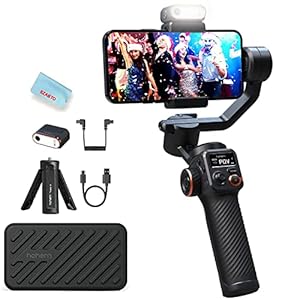According to Road to VR, researchers from Meta Reality Labs and Stanford University, led by electrical engineering professor Gordon Wetzstein, have introduced a new holographic display that could enable virtual and mixed reality experiences in a form factor comparable to standard eyeglasses.
As noted in the report, a paper published in Nature Photonics outlines the prototype device, which combines ultra-thin custom waveguide holography with AI-powered algorithms to generate highly realistic 3D visuals.
Unlike traditional XR headsets that simulate depth using flat stereoscopic images, this system creates true holograms by reconstructing the full light field—resulting in more realistic and natural 3D visuals, according to the report.
The report also explains that while the device uses waveguides, its optics are not transparent like those in HoloLens 2 or Magic Leap One. For this reason, it is described as a mixed reality display rather than augmented reality.
Notably, the optical stack measures just 3 millimeters thick and incorporates a custom waveguide along with a Spatial Light Modulator (SLM), as highlighted in the report. The SLM modulates light at the pixel level to project “full-resolution holographic light field rendering” directly to the eye.
In addition, the system is designed to deliver immersive 3D visuals not only across a wide field of view (FOV) but also within a large eyebox, allowing users to shift their gaze or move their eyes without losing focus or image clarity, the report adds.
As further noted, this project is considered the second phase in an ongoing trilogy. Last year, Wetzstein’s lab unveiled the enabling waveguide technology. This year, the team has developed a working prototype. The final phase—a market-ready product—may still be several years away.
This development follows a recent unveiling by researchers at Meta’s Reality Labs, who introduced ultra-wide field-of-view VR and MR headsets that use novel optics to maintain a compact, goggle-style form factor. Unlike the current project, those headsets rely on “high-curvature reflective polarizers” rather than waveguides, the report notes.
(Photo credit: Meta)
TrendForce 2024 Near-Eye Display Market Trend and Technology Analysis
Release Date:2024 / 07 / 31
Languages:Traditional Chinese / English
Format:PDF
Page:164
|
If you would like to know more details , please contact: |
Disclaimers of Warranties
1. The website does not warrant the following:
1.1 The services from the website meets your requirement;
1.2 The accuracy, completeness, or timeliness of the service;
1.3 The accuracy, reliability of conclusions drawn from using the service;
1.4 The accuracy, completeness, or timeliness, or security of any information that you download from the website
2. The services provided by the website is intended for your reference only. The website shall be not be responsible for investment decisions, damages, or other losses resulting from use of the website or the information contained therein<
Proprietary Rights
You may not reproduce, modify, create derivative works from, display, perform, publish, distribute, disseminate, broadcast or circulate to any third party, any materials contained on the services without the express prior written consent of the website or its legal owner.
Trending Products

Video Conference Lighting Kit, Ring...
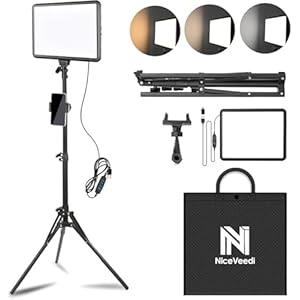
15W LED Video Light Kit
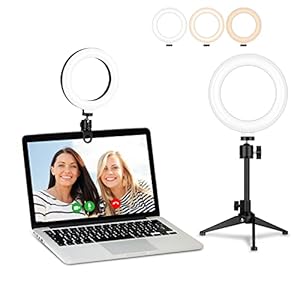
Desk Ring Light for Zoom Meetings &...
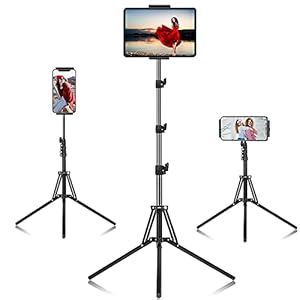
SAMHOUSING Ipad Tripod Stand, with ...
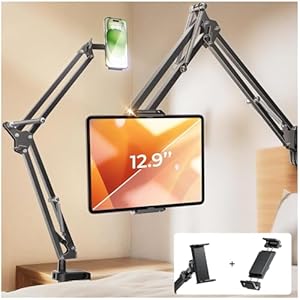
LISEN Tablet Stand
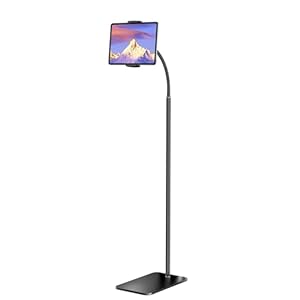
LanPavilion iPad Stand, Adjustable ...

DJI Osmo Mobile SE, 3-Axis Phone Gi...
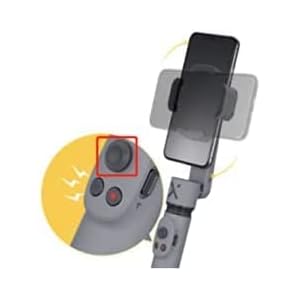
2pcs Original Joystick Parts for Zh...
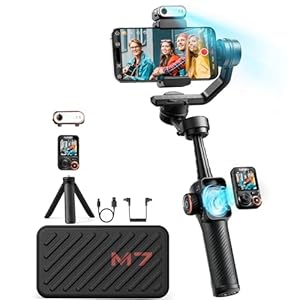
hohem iSteady M7 Gimbal
